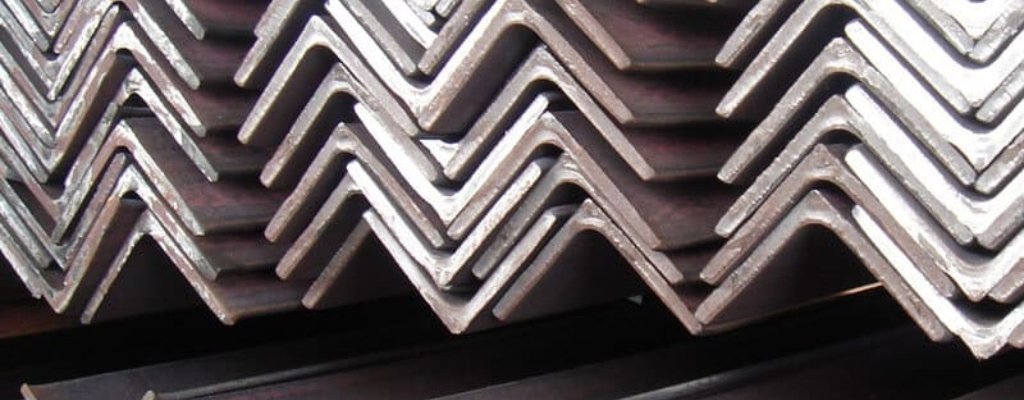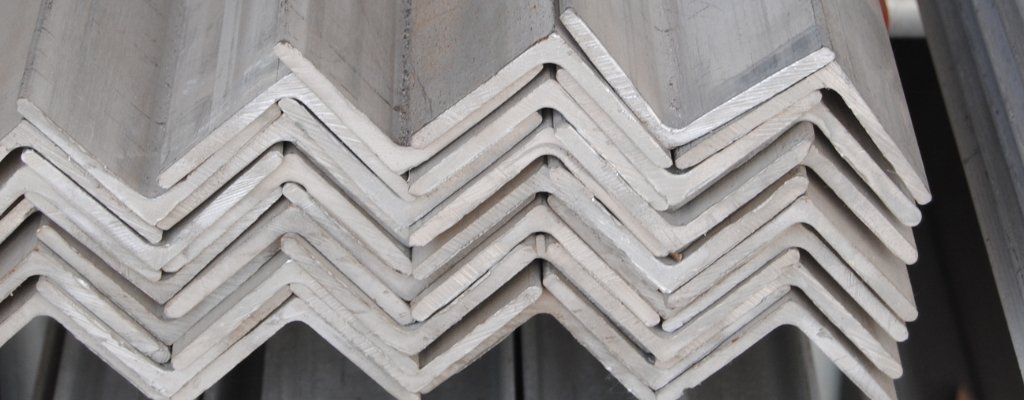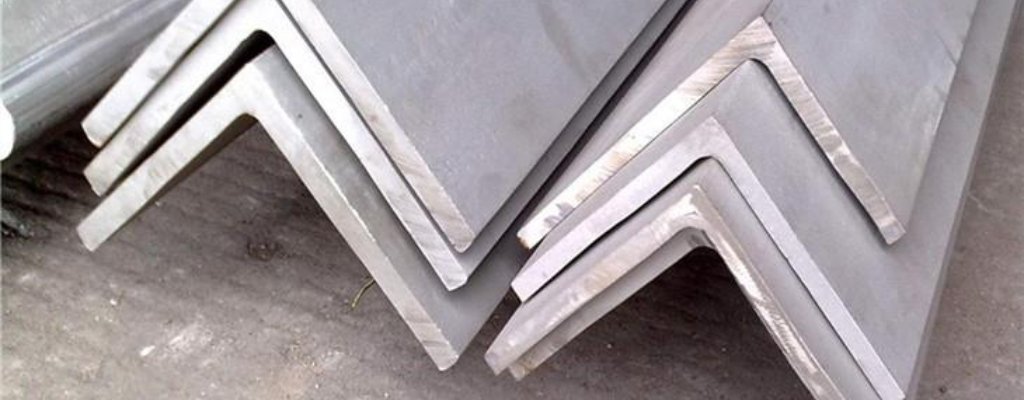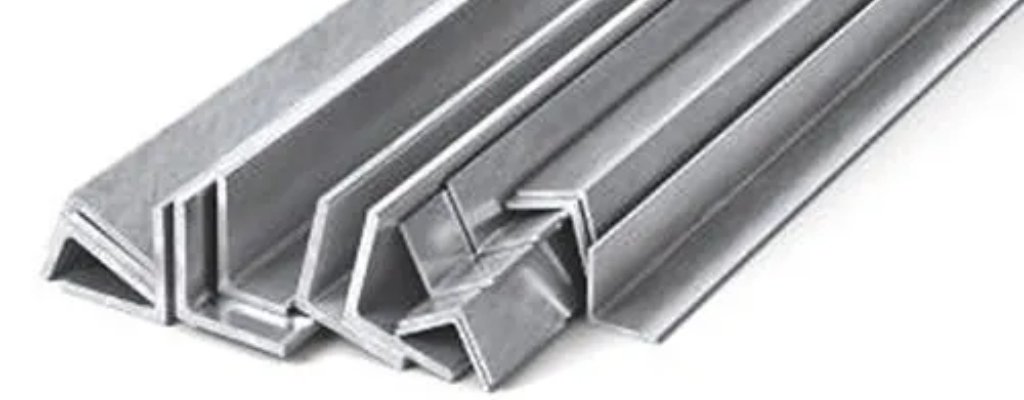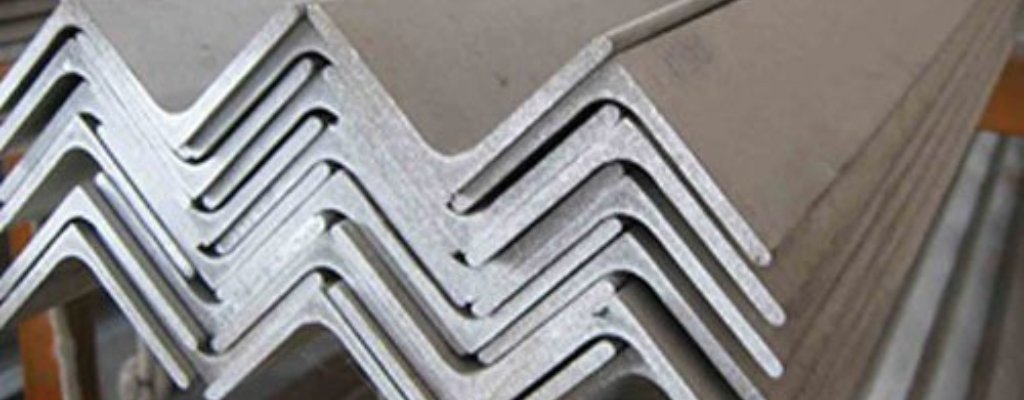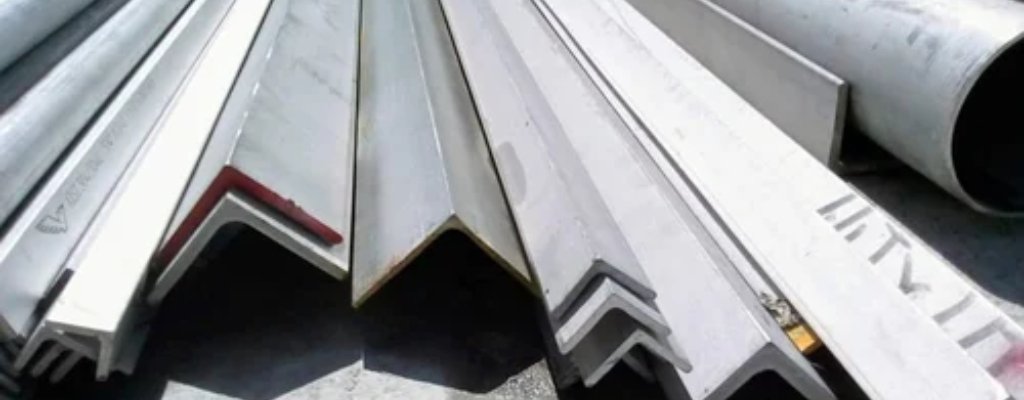Heat Treatment Equipment: Stainless Steel 310S flats and angles are extensively used in the construction of heat treatment furnaces, kilns, and ovens due to their superior high-temperature strength and resistance to oxidation, ensuring consistent performance under extreme heat conditions.
Thermal Processing Industries: These components find applications in industries such as petrochemical, refining, and metallurgy for equipment subjected to high-temperature processing, including reactors, heat exchangers, and piping systems, where they offer reliable performance and longevity.
Furnace Components: Stainless Steel 310S flats and angles are essential in the fabrication of furnace components like radiant tubes, burner nozzles, and heating elements, where they withstand prolonged exposure to high temperatures and corrosive gases without degradation.
Construction of Frames and Supports: These stainless steel components are utilized in construction for the fabrication of frames, supports, and structural elements in buildings, bridges, and industrial facilities, providing robustness and stability, especially in environments prone to high temperatures and corrosive agents.
Chemical Processing Plants: Stainless Steel 310S flats and angles are employed in the chemical industry for the construction of equipment and structures requiring resistance to high-temperature chemical reactions and corrosive environments, including storage tanks, reaction vessels, and process piping.
Energy Sector: In power generation facilities, Stainless Steel 310S flats and angles are used for structural components, boiler tubes, and exhaust systems, where they withstand the high temperatures and aggressive conditions encountered in boilers, turbines, and exhaust stacks.
Aerospace Applications: Stainless Steel 310S flats and angles find use in the aerospace industry for components subjected to high temperatures and thermal cycling, such as engine parts, exhaust systems, and heat shields, ensuring reliable performance in extreme operating conditions.
Automotive Industry: These components are utilized in the automotive sector for exhaust systems, catalytic converters, and engine components requiring resistance to high temperatures and corrosion, ensuring durability and longevity of critical automotive parts.
Food Processing Equipment: Stainless Steel 310S flats and angles are employed in the food industry for the construction of processing equipment like ovens, conveyors, and sterilization chambers, ensuring hygiene and durability in high-temperature food processing environments.
Industrial Machinery: These stainless steel components find applications in various industrial machinery and equipment requiring resistance to high temperatures and corrosion, such as heat exchangers, pumps, and valves, ensuring reliable performance and longevity in demanding industrial processes.

